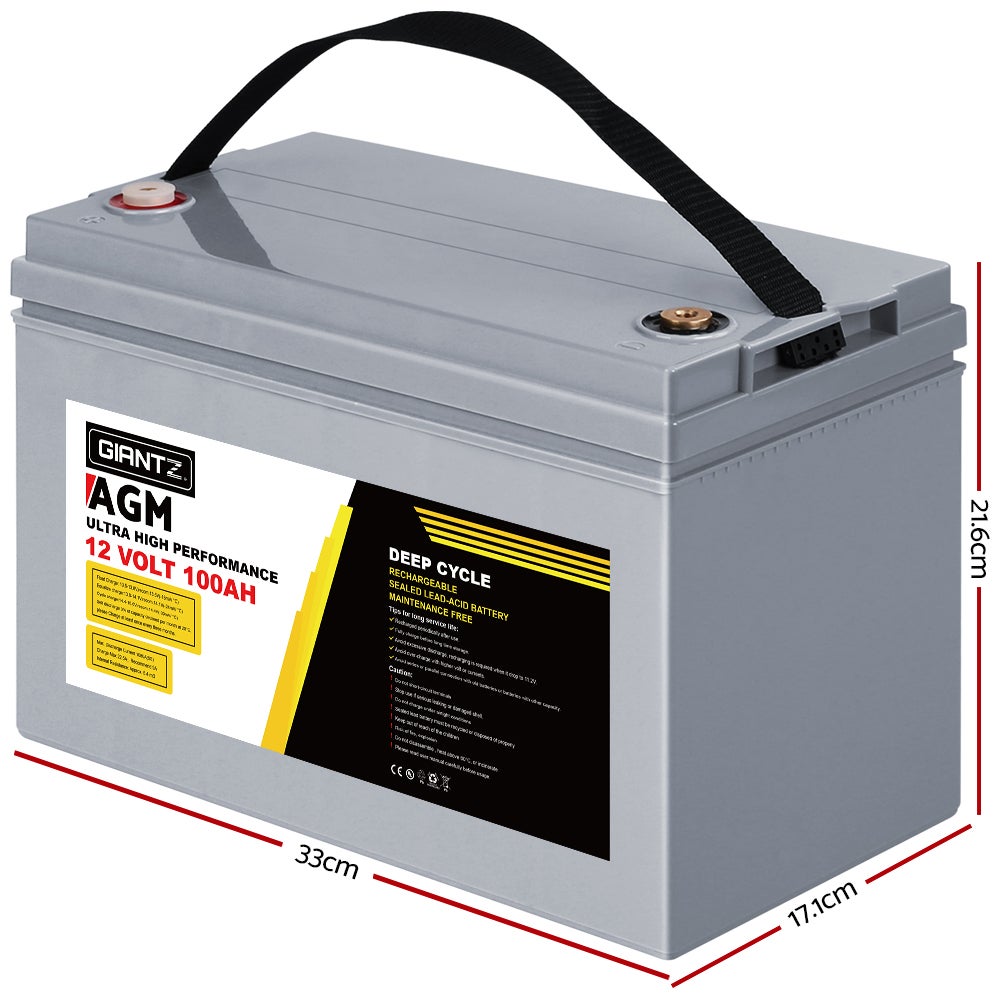

However, the flooded cell battery has a liquid electrolyte, so it must always be upright to prevent spills. You can mount it in many configurations (just don’t turn it upside down). The glass mat technology in the AGM battery makes it spill-proof and position insensitive. This structure results in a battery that’s shock and vibration resistant - making them favorites in race cars and motorcycles.įorceful movements and heavy vibrations can damage flooded battery plates, and they need to be mounted securely to minimize these effects. The sandwiched configuration of glass mat and battery plates in the AGM battery translates to components that don’t fall apart easily. The AGM battery tends to be built harder than the flooded lead acid battery, as it originally served military and aviation use. Durability, Vibration And Shock Resistance On the other hand, the flooded battery requires regular electrolyte servicing and needs to be in a well-ventilated area as it releases gases and steam. It’s suited for use in vehicles with batteries in trunks and under seats or in locations where maintenance can be hard to do. The AGM battery is maintenance-free and can be placed in more enclosed areas as there’s no off-gassing except for the occasional venting. Gases produced during the chemical reaction recombined with the electrolyte.Īnd if there is excess gas (such as when the battery is overcharged), a vent releases it to maintain internal pressure. The glass mat wicks the electrolyte solution, keeping it suspended in place, so it’s not free-flowing.īecause the AGM is a sealed battery, there’s minimal to no off-gassing. It’s where the battery gets its name – Absorbent Glass Mat (AGM). The AGM battery uses fiberglass mats sandwiched between lead plates. Because of this, the electrolyte levels need regular replenishment. The gases produced during its chemical reaction are vented into the atmosphere, causing some water loss. The flooded lead acid battery (FLA battery) uses lead plates submerged in liquid electrolyte. However, this is when they start to diverge. They both use lead plates and an electrolyte mix of sulfuric acid and water and have a chemical reaction that produces hydrogen and oxygen as a byproduct. The AGM battery and the standard lead acid battery are technically the same when it comes to their base chemistry. Now, let’s see how each battery type contrasts, beginning with its inner workings.


 0 kommentar(er)
0 kommentar(er)
